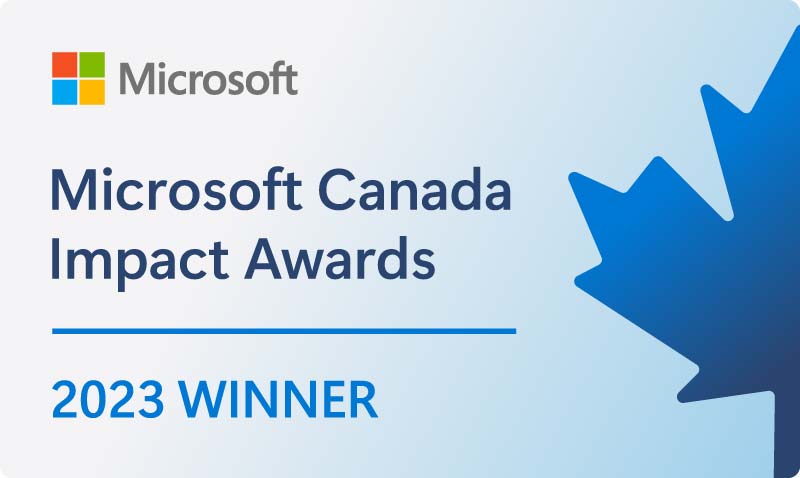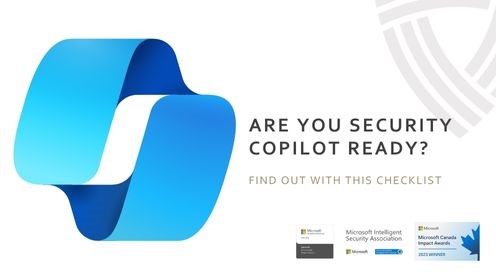
Organizations today are overwhelmed with choices when it comes to security tools and technologies. In 2019, the average business had 75 security tools in its environment. As organizations continue to rapidly adopt emerging security technologies, they are inadvertently complicating their operations and placing data silos in their blind-spots.
How can businesses expect to scale their security program when a single, unified view of their infrastructure doesn’t exist? The impact on the business is too high to ignore and businesses are starting to notice. Luckily today, 78% of CISOs only have 16 or more security tools in their environment, and only 12% have 46 or more.
Many businesses are finally realizing that consolidating security tools allows for a stronger security posture.
Here’s why consolidation should be your first priority for 2023:
What is a consolidated security architecture?
Security consolidation is the process of reducing the total number of security processes and technologies used by an organization within their security environment. A consolidated security architecture is a multi-layered approach to cybersecurity that uses the same log technologies, threat detection, and threat intelligence to protect all attack surfaces withing your security environment.
It is designed to resolve the growing complexities of multi-technology security networks by offering a variety of benefits including an increase in efficiency, a single pane of glass that allows for greater visibility into your network and the maximization of ROI.
For example, the Difenda Shield is an cybersecurity suite of modules that integrates and extends the capabilities of Microsoft Security tools and technologies. It gives companies the tools they need to stay vigilant, agile, and collaborative through a single pane of glass.
Overall, the goal of a consolidation is to simplify the management of your security program with a few core security tools that can increase the visibility and automation capabilities of your program.
Why is Consolidation Trending for 2023?
Moving into 2023, security leaders are worried about operational inefficiencies and the lack of integration within complex security environments. An effective cybersecurity strategy requires adopting a unified approach that targets the people, processes, and technologies—and that is exactly what consolidation aims to do.
Consolidation offers businesses the opportunity to alleviate the challenges many security teams continue to face as they struggle to manage security operations with complex tooling and integrations. Done right, consolidation can help reduce tooling costs, visibility blind spots and the management burden on stretched security teams.
As finances are put under greater pressure in 2023, security leaders may be asked to find ways to be more efficient, increase ROI, and reduce overhead costs. When looking at your security program, consolidation should be a no-brainer.
Especially when most businesses are struggling with:
- Tooling duplication/overlap,
- High operational costs,
- Complex integration requirements and configurations,
- Decreased visibility,
- Losing custom development efforts,
- Navigating security silos, and
- Meeting stringent compliance and audit requirements.
The trend toward consolidation prioritizes knowing what you have, better understanding your data and its value to the business, and greater visibility into your vulnerabilities so you can better protect your network -you can’t protect what you can’t see.
What you can achieve with enhanced integration and consolidation:
- Integration of Tribal Knowledge: IT and security are integrated by design. By consolidating your security tools, you allow for more open collaboration and broader business impact.
- Improved controls: The ability to align your program to regulatory frameworks is easier when there are fewer tools needing customization. Often, your security tools will align to one framework by design.
- Enhanced Compliance: By consolidating your security environment with Microsoft Security, for example, you can achieve 70% compliance out-of-the-box.
- Ease-of-Management: Improve productivity and collaboration across your entire operation. See where you are and where you need to go under one pane of glass.
But when talking about consolidation it’s not just a tech issue, it’s a business issue.
The Difference Between Digital Transformation and Consolidation
When it comes to the consolidation of security tools, digital transformation is the business decision by which a company forms a strategy to improve business operations and meet evolving business demands.
The objective of digital transformation is to drive growth and improve operational efficiency throughout the entire business. And when it comes to security technology, what will work for the DevOps team likely won’t work for HR or marketing.
Because of this consolidation will likely be a long process for most businesses. An effective digital transformation and consolidation strategy must begin with:
- Gaining buy-in from top management,
- Understanding the business context and current pain points,
- Technology gap assessments and compliance checks,
- Defining a long-term business and security vision, and
- Developing a structured transformation approach and detailed plan based on predefined metrics.
Business leaders must evaluate their current tools and strategize new business processes to better align their internal personnel, security processes and technology.
Digital transformation is a business decision where consolidation is likely a byproduct. But the need for consolidation is also a great place to start the conversation.
Top 5 Benefits of a Consolidated Security Program
Overall, a consolidated security program leads to a more proactive security posture. How? Let’s break it down:
- Reduced vulnerability: With every new security tool or technology you are inviting more gaps and increasing threats into your network. By using one tool or fewer tools you can reduce your attack surface.
- Increased internal bandwidth: A large number security products mean more complexity and more room for error, ultimately leading to distraction, misconfiguration and a less robust security posture. With a consolidated tool, your team can spend less time navigating data silos and more time on what actually matters- protecting your business.
- Increased visibility: Not only can policies and procedures be set up in one location, but their results can also be seen in one central location.
- Operational efficiency: Instead of implementing thousands of database objects on multiple platforms, then maintaining them, you only need to make changes in a single location. Managing all data access and security policies from a single location improves your operational efficiency.
- Reduce total cost of ownership. A consolidated security environment requires fewer resources to operate and monitor. This streamlined approach frees up internal security resources to detect and respond to threats faster.
When an organization has a high amount of data use, platforms, and users, security management on a consolidated platform makes sense. It simplifies processes and increases visibility. But most importantly, it lets security teams better control security processes and access sensitive data more efficiently.
So, Why are Some Businesses Still Hesitant to Consolidate Their Security Tools?
For years, the security industry was dominated by the best-of-breed mentality; literally meaning getting the best product for each security activity. Logically thinking, this should lead to the best security posture. But as we have outlined above, that’s no longer true.
The best-of-breed strategy is feeding unneeded complexity within security operations yet, many business leaders continue to resist consolidation. Why? Security leaders don’t want to put all their eggs in one basket.
But a consolidated security program and a single-vendor solution are not the same thing.
A Single Vendor Solution is Not The Answer
Microsoft 365 is one example of a consolidated security solution that provides comprehensive protection against today’s cyber threats. By combining the power of Office 365 and Windows 10, Microsoft 365 provides a unified platform that helps organizations defend against attacks while also improving productivity.
But that’s not all, when coupled with Difenda, Microsoft provides a holistic approach to security services and technology that prioritizes your success at every stage of your security journey. From 70% compliance right out-of-the-box to proactive threat intelligence, consolidating with Microsoft will make your program exponentially easier to manage. But Microsoft Security is not a one-and-done answer. They can’t and shouldn’t do everything.
Think ‘jack of all trades, but master of none’. Without an assorted set of security technologies your business will still be at risk. Your security program needs a diverse set of people, processes and technologies to uncover and patch vulnerabilities. You just don’t need 75.
Finding the balance and only consolidating overlapping technologies is key.
The Approach to Consolidation
We know that security leaders are making decisions in favor of consolidation. 60-70 percent of Microsoft Security customers (mostly in Canada) have already invested in E5 licenses that provide security tools and capabilities that already exist within their network.
The problem is that people are not assessing their current environment and getting rid of their overlapping tools. Many businesses with Microsoft Security E3 or E5 licenses are failing to:
- Optimize their licensing spend,
- Deploy all their tools, and
- Integrate their security capabilities without losing previous custom development efforts.
That’s where Difenda comes in. In collaboration with Microsoft Security, Difenda has developed tools and systems that help you experience the adoption and maturation of nearly the entire suite of Microsoft Security Products. The End-to-End Microsoft Security Roadmap is designed to help you simplify and consolidate your security environment by:
- Identifying effective Microsoft products and services to help you reach your goals,
- Deploying the technology you have already invested in, and
- Understand which Microsoft products and services address your technical and business needs.
With the End-to-End Microsoft Security Roadmap, develop tailored guidelines for your company to do more with less. Learn more in our latest customer win!
Whether just getting started or already deployed, Difenda can help you maximize your Microsoft Seucirty Investments and consolidate your tools. Get your End-To-End Security Roadmap.
Still not convinced? Discover the top 5 reasons CISO’s are choosing the consolidate now.




